Death of the Golden Hour in Ukraine might make it harder to save US combat casualties in the future
- By Frumentarius
Share This Article
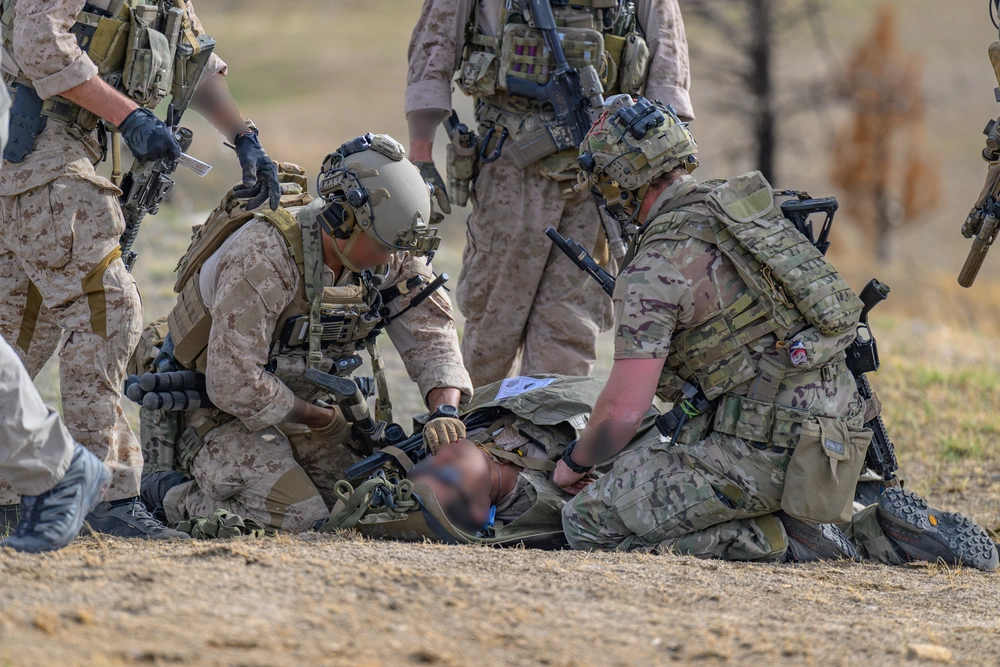
One of the more notable outcomes of the U.S. and allied war effort in Afghanistan and Iraq was the casualty survival rate achieved in those conflicts. It was, in fact, the best survival rate in the history of warfare. The lifesaving concepts of Tactical Combat Casualty Care (TCCC) provided much improved battlefield stabilization of the wounded. Further, a superb helicopter evacuation system enabled casualties to be transported to a field hospital within an hour – the so-called “Golden Hour” – in which a casualty’s survival rate is at its highest possible point.
Now, as senior U.S. military leaders look forward to what the military might face in a future war, one likely possibility is the so-called “Large-Scale Combat Operations,” such as what might arise in a war between the U.S. and Russia or between the U.S. and China.
Should such a scenario unfold, the “Golden Hour” for casualties might itself have become a casualty, as the war in Ukraine has demonstrated. The skies over that battlefield are full of small, inexpensive – but still deadly and field-expedient – drones.
As reported by General Valerii Zaluzhnyi, Ukraine’s ambassador to the United Kingdom, and previously the commander-in-chief of the Ukrainian military, the tactical drones being used by both sides of the conflict are small, first-person-view (FPV) drones. These devices can be fashioned from off-the-shelf commercially available models for less than $500 per unit. They can also be outfitted with visual or thermal imaging instruments as well as ordnance. The armaments might include hand grenades, rocket-propelled grenades, or artillery shells. Soldiers that step out of their underground shelters have become easy targets for these drones, and some Ukrainian combatants have taken to proclaiming, “If it can be seen on the battlefield, it will be killed.”
Related: Drones and conscription: Taiwan is learning from Ukraine’s fight against Russia
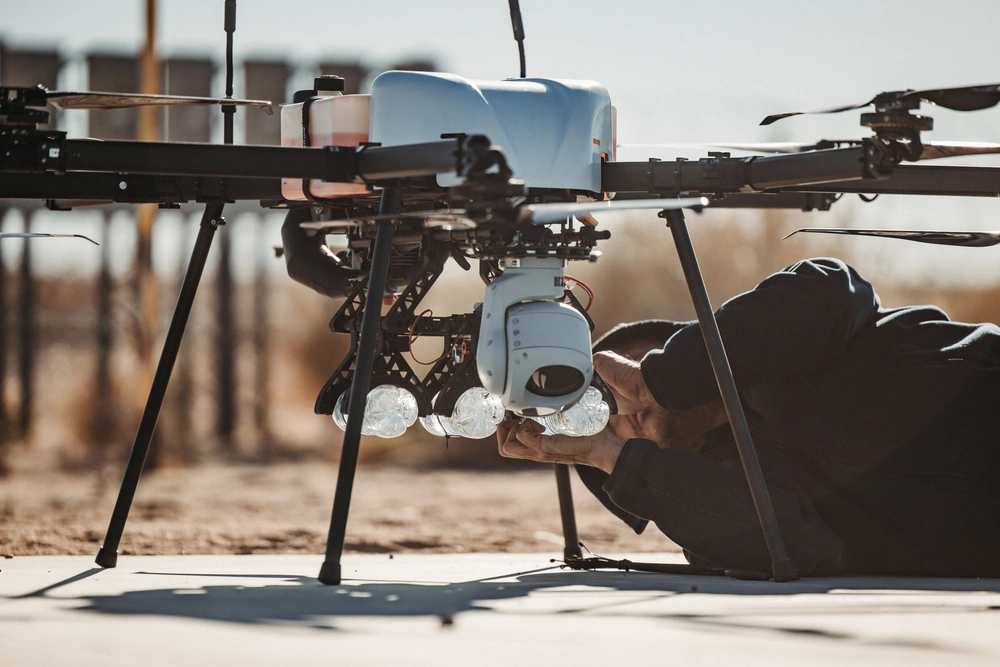
These omnipresent tactical drones have made treating and moving casualties to cover and then medical facilities extremely difficult. The helicopter evacuations that American forces came to expect in Iraq and Afghanistan simply will not happen on tomorrow’s battlefield, unless U.S. forces are fighting an enemy that is very technologically unsophisticated. And how many of those are left in the world?
The impact on battlefield casualty care has been dramatic. Tourniquets applied to stop extremity bleeding, which were removed within an hour or two in Iraq and Afghanistan without any complications from tourniquet use, are being left in place for many hours or even several days in Ukraine. When that happens, the tissue in the arm or leg is damaged by the prolonged lack of blood flow and the limb has to often be amputated. The lack of normal circulation to the extremity also causes toxic metabolic products to build up; when the tourniquet is released, those toxic compounds can cause death or severe kidney damage.
Furthermore, casualties with internal bleeding from chest or abdominal wounds – who could have been saved had they gotten to a combat surgeon quickly – now simply bleed to death before they can be transported to a hospital. Ukrainian casualty data are classified, so the precise numbers are not available, but multiple medical publications have highlighted the many excess fatalities that have accompanied the apparent death of the Golden Hour in Ukraine. And that is despite Ukraine’s enthusiastic adoption of TCCC concepts and practices.
The war in Ukraine has shown that it will be much more difficult to care for casualties in the future. As a result, the survival rate might be far lower than that experienced in Iraq and Afghanistan. The only way such a scenario might be avoided is if it becomes easier to neutralize enemy drones, or if the battles of the future end up being between our drones and their drones.
Feature Image: During a training scenario, a Marine assigned to U.S. Marine Forces Special Operations Command (MARSOC) and an Air Force Pararescueman provide tactical combat casualty care at Camp Guernsey Joint Training Center, Wyoming, on April 8, 2025. The training center offers a diverse range of resources for military readiness, including extensive live-fire ranges, urban combat training sites, convoy operations courses, and rugged terrain ideal for realistic field exercises. (U.S. Army National Guard photo by Staff Sgt. Cesar Rivas)
Read more from Sandboxx News
- Two new American missiles that will make a bang
- Ukraine captures Russian shadow fleet vessel in Black Sea
- Fighter pilot breaks down how aerial refueling works
- Space Force will get its own special operations element, SOCOM commander reveals
- SOCOM’s new OA-1K Skyraider II aircraft will make America’s elite units operating far from home more lethal
Related Posts
Sandboxx News Merch
-

‘AirPower’ Classic Hoodie
$46.00 – $48.00Price range: $46.00 through $48.00 Select options This product has multiple variants. The options may be chosen on the product page -
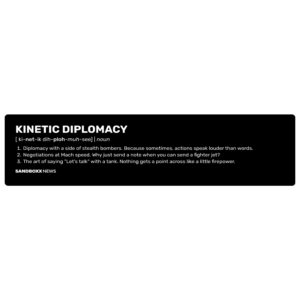
‘Kinetic Diplomacy’ Bumper Sticker (Black)
$8.00 Add to cart -

‘Sandboxx News’ Trucker Cap
$27.00 Select options This product has multiple variants. The options may be chosen on the product page
Frumentarius
Frumentarius is a former Navy SEAL, former CIA officer, and currently a battalion chief in a career fire department in the Midwest.
Related to: Military Affairs, Ukraine
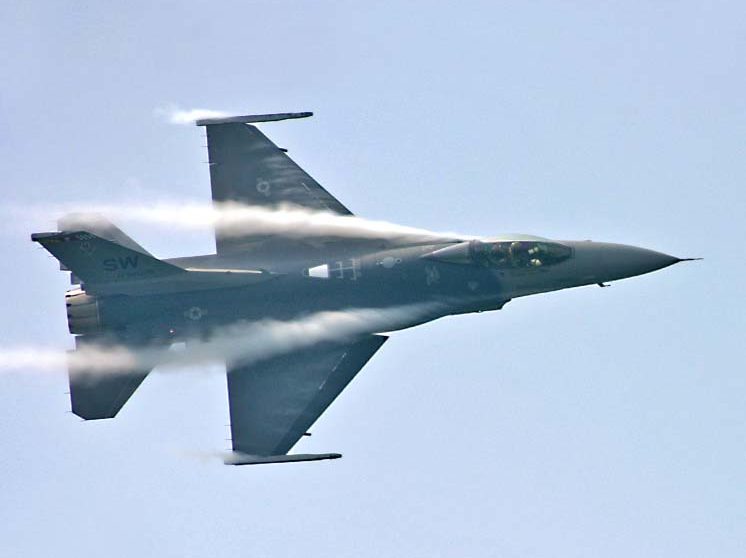
Approaching Mach 2 in an F-16: ‘The jet started to shake’
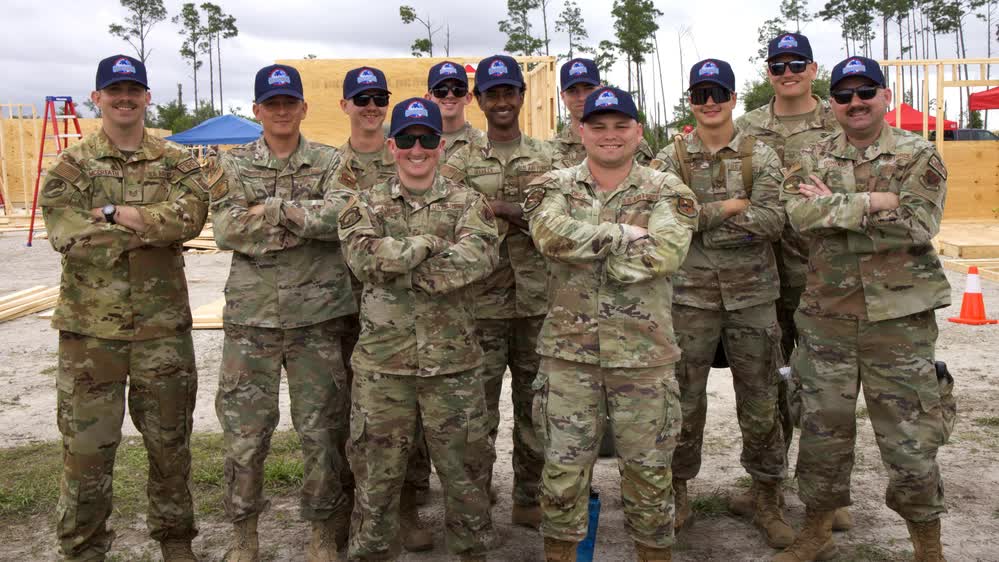
7 strategies to stay positive in your military (or in any) career
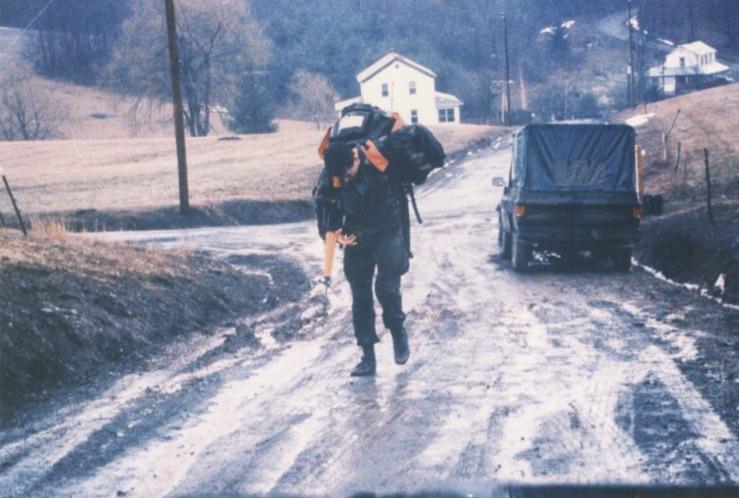
Undergoing Delta Force assessment at Camp Dawson, West Virginia
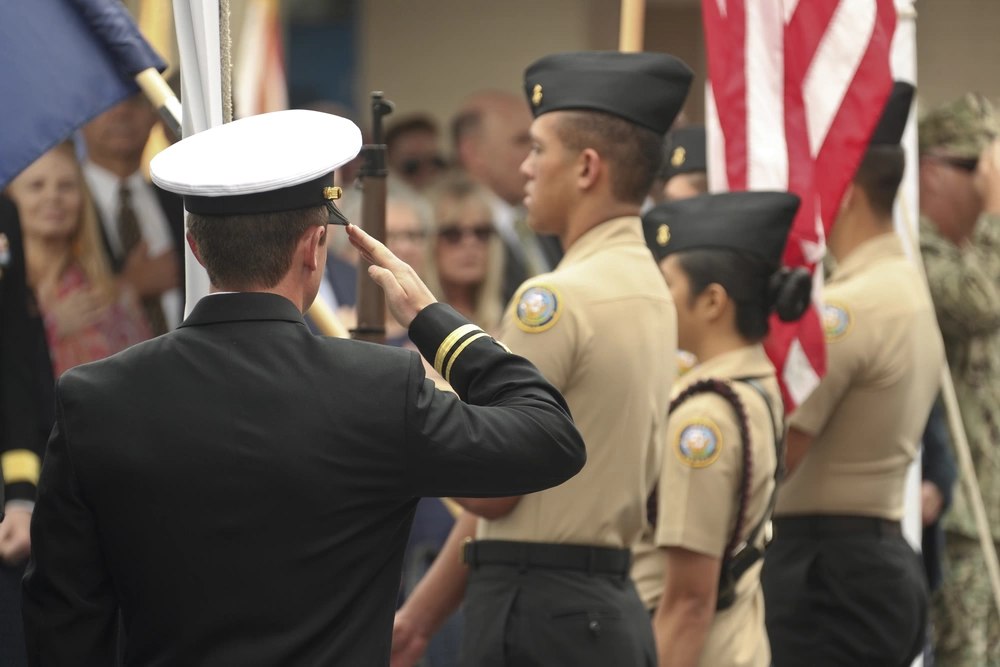
Sri Lankan officer becomes latest foreign student to make it through BUD/S
Sandboxx News
-

‘Sandboxx News’ Trucker Cap
$27.00 Select options This product has multiple variants. The options may be chosen on the product page -

‘AirPower’ Classic Hoodie
$46.00 – $48.00Price range: $46.00 through $48.00 Select options This product has multiple variants. The options may be chosen on the product page -

‘AirPower’ Golf Rope Hat
$31.00 Select options This product has multiple variants. The options may be chosen on the product page -

‘Sandboxx News’ Dad Hat
$27.00 Select options This product has multiple variants. The options may be chosen on the product page
